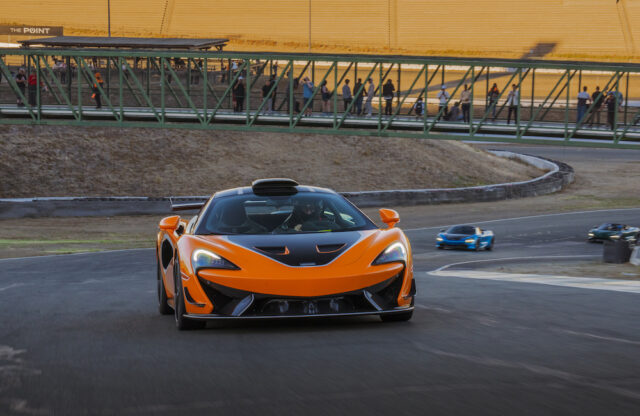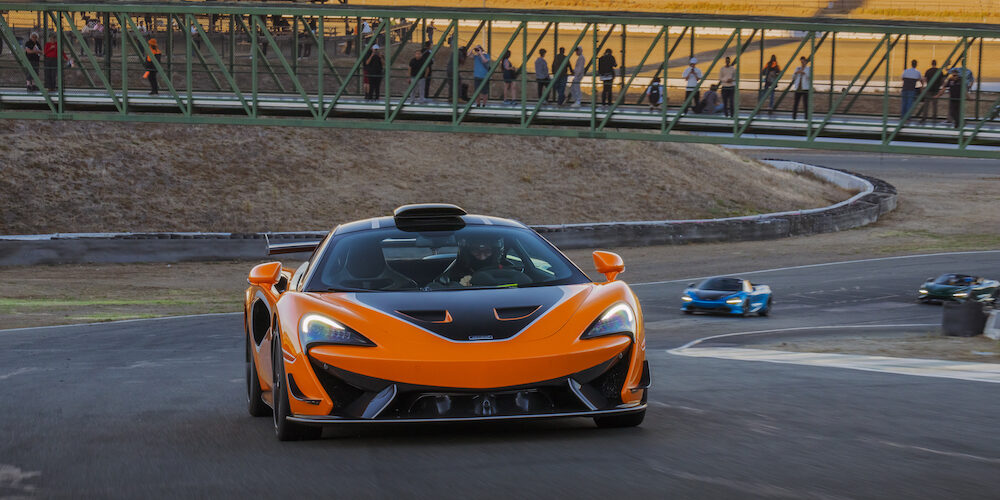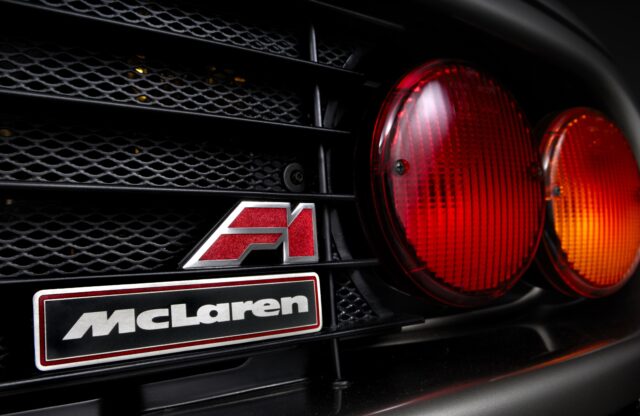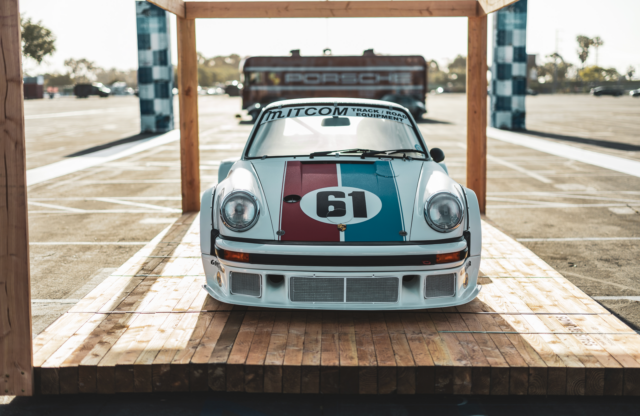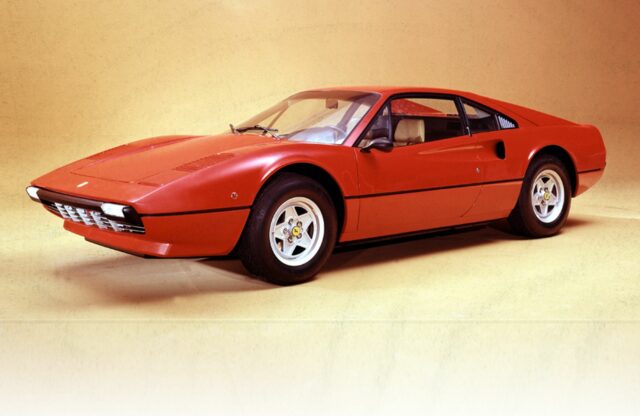WORDS: DAVID LILLYWHITE | PHOTOGRAPHY: MCLAREN AND DAVID LILLYWHITE
This is hardcore. This is the modern supercar that’s as much race as road, with everything good and bad that entails. It is loud, lairy and hard-riding, but it’s also more engaging than any other McLaren Sports Series supercar. It’s the 620R: basically a road-legal version of the 570S GT4 race car – but with more power – that was made in limited numbers from January 2020.
‘My’ car, resplendent in McLaren’s signature orange and shouty graphics, was waiting for me at San Francisco airport, as my personal transport for Velocity Invitational at Sonoma Raceway, north of the city. I know, hard life. But after a dawn start and an 11-hour transatlantic flight, the sight of the thinly padded carbonfiber bucket seats, and the sound of an extremely raucous V8 powerplant, was perhaps not what I needed. Or maybe it was…
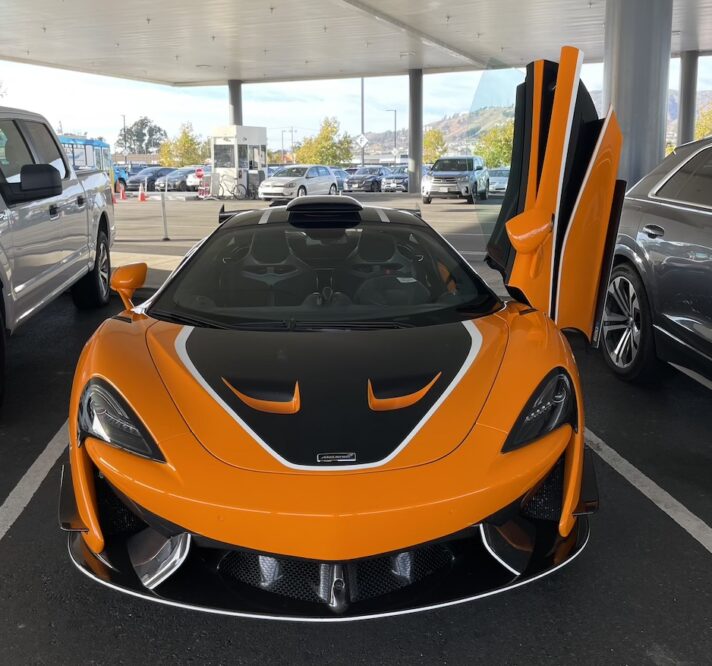
Call me a softie, but through the unforgiving San Francisco traffic I decided to leave the transmission in auto
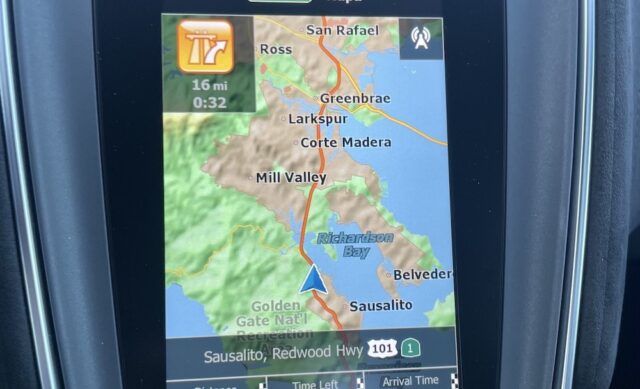
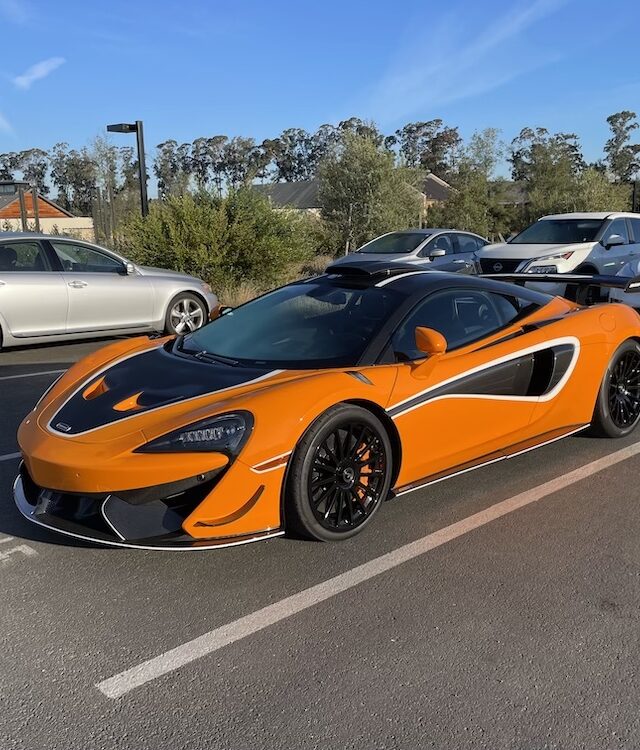
The 620R started up loud from cold, sat at a high, noisy idle for a few seconds and then settled down. A little. Still it vibrated and throbbed through the carbon tub, though. That would be the downside of the race-spec engine and transmission mounts.
In this car, the race harnesses had been tucked away; with stock inertia belts too, I wasn’t even vaguely tempted to unravel the harnesses for the 50-mile drive to Sonoma.
This is a journey that can take anything from an hour and ten minutes to… well, the sat-nav when I left was saying an hour and three-quarters, but the truth turned out to be more than three hours due to ever-building rush-hour traffic on this Friday night. Seemed the optional (on the 620R) satellite navigation wasn’t great at monitoring traffic, although it was easy enough to use.
As with most McLarens, the 620R had a seven-speed semi-automatic gearbox, which could be left in auto or paddle-operated. Unlike most of its stablemates, though, the transmission’s whirrings could clearly be heard, despite the equally unusual thrashings of the V8. There was no carpet and little soundproofing in this carbon tub – and it showed.

Call me a softie, but while working through the unforgiving San Francisco traffic over equally unforgiving surfaces (California was still suffering its budget-deficit potholes), I decided to leave the transmission in its automatic mode. With the Powertrain dial on the center console set to Normal, throttle response was surprisingly gentle, slow even, so initially the 620R did not feel especially fast.
Of course, it wasn’t long before the urge came to try the 620R in different modes. In a McLaren, that means pressing the Active button and playing with the two dials: H for Handling and P for Powertrain.
It seemed wise to leave the already hard suspension in the Normal setting at first, but turning the Powertrain dial to Sport instantly sensitized the throttle response and added a satisfyingly hooliganistic ‘crack’ to the exhaust between shifts. In case you are wondering, the ignition is cut momentarily on every upshift, leaving a little unburnt fuel to then ignite noisily as the ignition returns. Fear not, it’s not the obnoxious bang that so many modified cars are currently emitting, but I found it noticeable and entertaining.
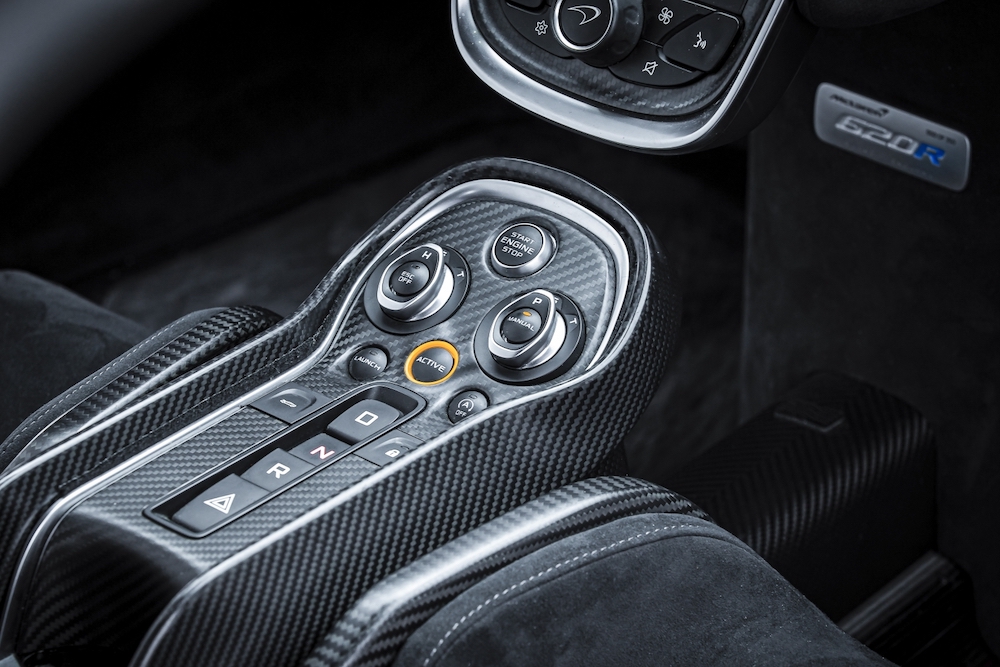
By the time the traffic cleared, daylight was long gone, so the last section of the drive past Sonoma circuit to the hotel was more wearing than it would have been in daylight. It was noticeable how alive the 620R felt on the twisting roads, though. It seemed a shame to have to park the car up for the night, however much my aching back disagreed with that sentiment.
Next day, with the sun shining, the 620R once again fired up with more drama than any of the many McLarens parked nearby (turns out I’d kind of gatecrashed a McLaren 60th anniversary customer event…), and the 20-minute drive to the circuit was everything I had hoped it would be. No traffic! Great roads! Sport mode engaged!
The car park at Sonoma was a mixture of gravel and bumpy grass, but my jet-lagged, sleep-deprived brain remembered McLaren’s neat nose lift just in time. A flick of the column stalk undoubtedly saved that low front splitter.

A few hours later, it was time for the McLaren 60th track parade. My first time around Sonoma, but I assumed it’d be a slow trawl behind a pace car – and it was, for a couple of laps. And then it got faster, and faster, the Senna in front of me accelerating hard out of the corners, with me working hard to keep up.
Once I’d realized these McLaren owners were taking no prisoners, I switched Handling and Powertrain into Track mode – which stiffened and sharpened the car’s responses some more – and strained my body and brain to learn the lines of this unfamiliar circuit.
I hadn’t initially understood just how close to a race car the 620R is. The suspension is all 570S GT4, with solid top-mounts (rather than rubber) for the lightweight two-way manually adjustable coilover dampers, which feature 32 clicks of adjustment per corner. The anti-roll bars are stiffer, the brakes are carbon ceramic as standard, and the wheels are lightweight center-lock alloys (19in at the front, 20in at the rear).
As for the twin-turbo 3.8-litre V8, it’s able to run more power than the GT4 race car it’s based on, producing 620PS, or 610bhp if you prefer your units in horses. That makes it good for a 2.8-second 0-60mph sprint and a 200mph top speed. And I’ve not even mentioned the aero, which is full GT4 spec as well – complete with an adjustable rear wing.
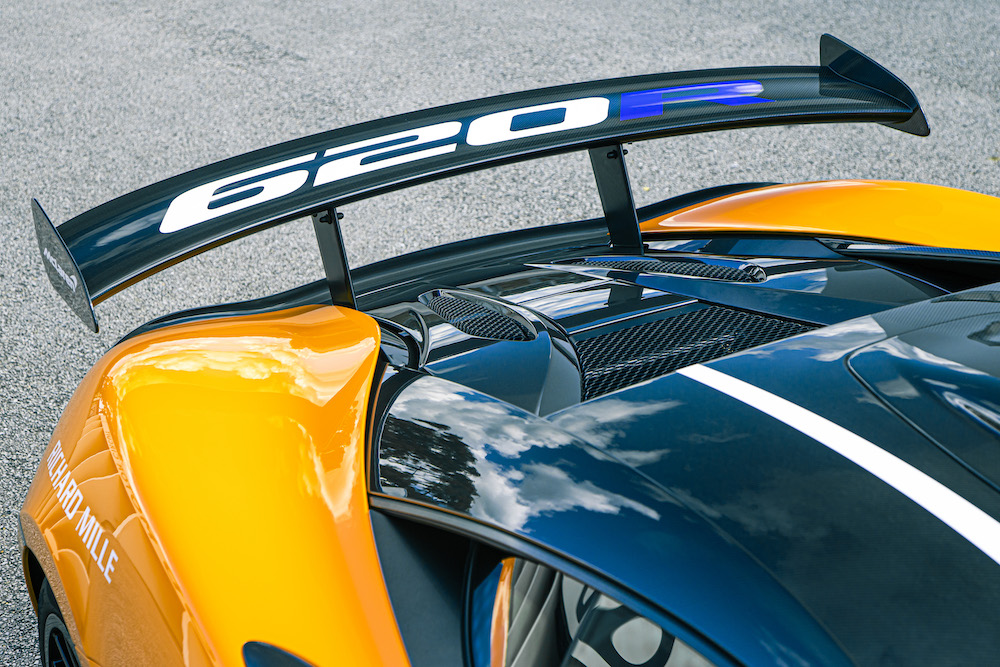
I must confess I hadn’t fully appreciated the extent of the aero until after I’d driven in both track ‘parades’, Saturday and Sunday. If I had, maybe I would have been braver; but then again, maybe I wouldn’t. There is a skill:danger-of-crashing-in-public ratio that I was keen to stay on the right side of. As it was, there was never a moment at which the 620R felt anything less than stable through the fast bends of the Sonoma circuit, even when skimming over the curves and braking hard into the top hairpin.
In between those two parades, there was a tour through Napa Valley wine country, which turned out to be about as far removed from the track driving as it’s possible to be, although still entertaining. Quickly separated from the main group due to unfortunate stop-light sequencing and some dubious navigation, a four-strong group of us nonetheless followed the set route along narrow, bumpy mountain roads and through picturesque towns. When we stopped for fuel near the end, the driver of the McLaren behind me jogged over, saying: “Oh man, I felt bad for you with that suspension; it looked like you were really being shaken around.”
But in fact, I wasn’t. Yes, it was a noisy, rough ride, but it never felt unpleasant, and the joys of accelerating out of the corners and then returning to the track without changing any of the set-up more than compensated anyway. And after that second track session, I grabbed my bags and headed for the airport, this time without the heavy traffic. It felt epic.
Just 350 620Rs were made. I really hope they are all used as they should be – as uncompromising road cars and ballistic track weapons.

